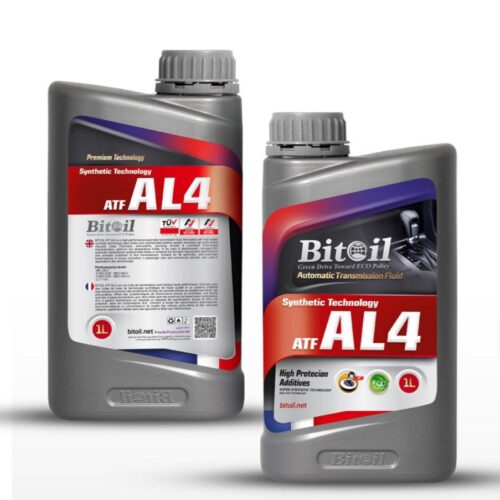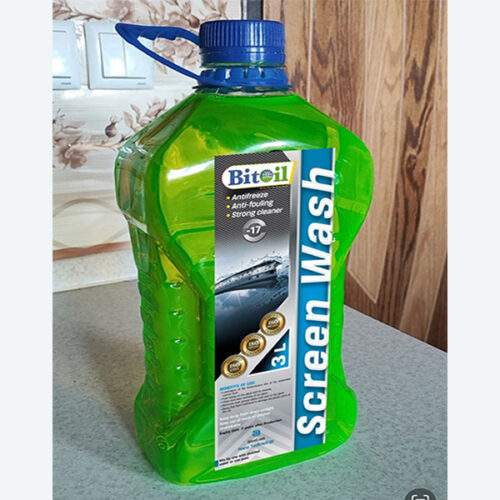Water is an effective element in all known chemical processes and controlling its positive and negative effects in reactors, equipment and various chemical processes in all industries is very important. Various techniques are designed and implemented in every industry for this issue. In the science of lubrication, the element of water is considered as a destructive substance that drastically reduces the life of machines and parts involved, and for this reason, monitoring water and humidity pollution is very important in lubrication engineering.
Choosing the right method to control water pollution, taking into account the environmental conditions and the various limitations of the consumption site and reactors, generally follows the following three plans:
– Laboratory analysis
– Monitoring with the help of small portable devices
– Installation of online sensors and periodic inspection in the field of operation
Laboratory oil analysis
Although laboratory oil analysis is still the most common method to control water pollution, it is not necessarily the most effective method in terms of early failure detection, because the sample submitted to the laboratory may have been taken when the process of damage to the device has been done. Therefore, the result of the laboratory performance report only shows the amount of damage and cannot necessarily prevent the system from suffering from this complication. Therefore, sending random samples from the system or controlling the quality of the lubricants entering it can be encouraging to some extent, and in this case, we consider the desired conditions and sufficient speed in the laboratory’s response.
One of the most reliable and demanding laboratory methods and devices in controlling system pollution from water is the Karl Fischer technique or FTIR infrared spectroscopy, which is being used with ASTM D6304 test method.
The level of accuracy in presenting the results with the PPM unit (counting one particle per million particles) is desired by the experts.
The FTIR device is often used in the lubricants industry as a well-known source, and the high cost of this device leads quality control experts to other methods that are less expensive. Two of the most important ones are ASTM D7414 and ASTM E2412 method tests.
Distillation is another process that can be used. In the distillation process, by heating the oil sample, which is already mixed with a solvent, it is extracted from the oil or petroleum product. The water evaporates and collects in a chamber. The lowest amount of water that can be measured in this method is approximately 0.05-0.1%. In this method, the ASTM D95 test method must be followed, which does not require complex equipment, but is very useful.
Monitoring with the help of small portable devices
This method is similar to the control of equipped laboratories, which is performed with the help of portable equipment with fewer parameters and sometimes with lower accuracy.
For such tests, usually only one drop of oil is needed and results can be reported within minutes of detecting moisture. The main motivation in using this method is to reduce the cost and also the speed of its operation.
The calcium hydride kit is a common field test device. In this test, a reagent and a solvent (kerosene or toluene) are used.
First of all, they measure emulsion and free water. Although low concentrations of water can be detected, the technique appears to be reliable for concentrations higher than 150-200 ppm.
The cracking test is another example of a validated field test. They use two drops of oil on a hot surface to assess the presence of emulsified and free water. The minimum concentrations that can be detected are approximately 500-1000 ppm. With this test, it’s important to pay attention to any small bubbles or cracking sounds.
Field inspections for water contamination are mostly visual. Through the transparent and visible container, the amount of sediment and water in the sample can be detected. It should be kept in mind that only emulsion and free water can be seen, so if the test result is positive, it means that its concentration is very high. The design of the schedule and engineered contracts in sampling and testing is mentioned as a major part of the prerequisites of this method.
Online sensors
Some sensors can measure water saturation as well as total moisture content. Online sensors can be installed in lines or arteries of fluid passage or tanks. They monitor the water concentration directly by a detector or through an indirect parameter such as the dielectric constant of the oil. This strategy may offer the best option in terms of early contamination detection. Online or unattended sensors may also replace some daily laboratory analyses. For these reasons, the trend of the industry towards the use of this type of monitoring strategy has always been seen.
The purpose of an online sensor is to emit electrical signals that respond to changes in the physical or chemical properties of the monitored liquid. Most sensors contain small electrodes that are immersed in a liquid.
These electrodes generate an electrical voltage and detect the oil response in terms of capacitance, resistance, dielectric constant or current.
Measurements are related to known changes in oil properties such as water contamination, oxidation, cross contamination with other fluids and particulate residues. Some sensors have several measurement components that enable the monitoring of several parameters, which are introduced below some examples of these types of available sensors:
Moisture saturation sensors
In this type of sensors, the dew point and the saturation percentage of water dissolved in the oil are displayed. A water permeated polymer is placed between two flat electrodes to form a capacitor. Water penetrates the polymer to change the capacitor, and this causes the measurement of the water concentration in the oil, which is used in this technique of the ASTM D7546 test method.
There are also online sensors that measure total water content as a percentage or in ppm. They are able to evaluate dissolved water, emulsified and free water in oil. These sensors provide information similar to known laboratory results for water content. However, the resolution of sensors that monitor total water content may not be as good or accurate as those used to monitor water saturation.
Fixed dielectric sensors
This type of sensor measures the properties of the oil, which changes with oxidation, contamination or particles from surface wear. This property is recorded with the name constant or relative dielectric resistance related to the oil’s ability to store an electric field that can detect changes in the condition of the oil due to degradation or contamination. They must be calibrated for the specific fluid conditions in which they will operate.
Multifunctional sensors
In this technique, they use the dielectric constant, saturation percentage, temperature changes, and the conductivity value of the solution, which makes them provide more comprehensive information about the tested fluid, and they can easily send the results wirelessly to a printer or mobile phone.
While the use of online sensors promises early detection of abnormal conditions and reduction in lubrication efficiency, some challenges should be important for users. The correct selection of the right sensor, with the accurate calculation of the desired parameters and the ranges of measuring coefficients and particles, is the first step in using this method.
Laboratory support may also be needed to relate the electrical signal of the sensor to specific oil parameters, and of course, it should be remembered that not all sensors have the same resolution and accuracy, so they should be selected and used with different features, programs, and capabilities.

What should be considered in the end is how to design the control process, as well as the techniques for measuring water pollution in the system, which can reduce the excessive costs of supplying and maintaining equipment, as well as the quality rating of different manufacturers and, of course, the cost calculation. The final product should be evaluated more accurately, including the number of working hours of their products.
Eng. Alireza Amar Mohammadi
senior expert and product engineer







No comment